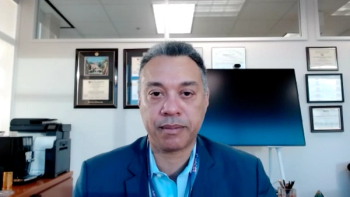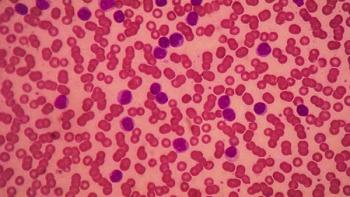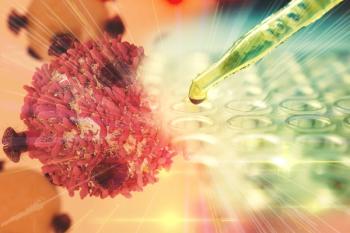
Making Sense of Lymphoma
What is the difference between Hodgkin lymphoma (HL) and non-Hodgkin lymphoma (NHL)? What difference does it make for my treatment and prognosis?
While we can rarely ever make sense of a cancer diagnosis, we can do our best to understand the differences in similar cancer types. A diagnosis of lymphoma is not only terrifying, but also brings about a lot of questions. One of the first questions is what does all this Hodgkins talk mean? What is the difference between Hodgkin lymphoma (HL) and non-Hodgkin lymphoma (NHL)? What difference does it make for my treatment and prognosis. Let’s take some time today to understand the two main types of lymphoma, the difference between these diseases and what they mean.
What is lymphoma
Simply put, lymphomas are cancers that begin in the lymphocytes – cells that play a huge role in our immune system. These cells are responsible for making antibodies, for destroying invaders, and for enhancing the function of other immune cells. Lymphocytes are a type of white blood cell and can be further broken down into B-Cells and T-Cells. HL typically starts in the B-Cells, while NHL can arise from either type of lymphocyte.
Hodgkin Lymphoma
Classic Hodgkin lymphoma (CHL) is diagnosed by the presence of what are called Reed-Sternberg cells. These are the actual diseased B-cells that have become cancerous. 90% of all HL is the classic type, with four subtypes of that: nodular sclerosis HL (the most common), mixed cellularity HL (most often seen in individuals infected with HIV), lymphocyte rich HL, and lymphocyte depleted HL.
The American Cancer Society projects about 8,600 new diagnoses of HL in the US in 2019, and about 1,000 deaths. Survival rates for HL have increased over the last several years, with the 5-year survival rate across all stages of HL being about 86%.
Non-Hodgkin Lymphoma
Also typically arising from B-Cells, non-Hodgkin lymphoma differs from HL in the absence of Reed-Sternberg cells. Types of NHL can be divided based upon its aggressiveness, but recently the World Health Organization has advocated for describing NHLs based upon four factors: whether it started in a B-Cell or T-Cell, microscopic characteristics, genetic features, and the presence or absence of certain proteins on the cell.
NHL is by far much more common than its cousin HL, with 74,200 cases estimated to be diagnosed in the US in 2019, and almost 20,000 deaths. Survival rates for NHL are looked at a bit differently than other cancers. A tool known as the International Prognostic Index is used to rank a person’s outlook based on many factors (known as prognostic factors) such as age, cancer stage, ability to perform daily tasks, serum LH levels, and the spread of the disease to more lymph nodes or organs. Based on these factors, patients are ranked as having a very good, good, or poor prognostic outlook. Over a four year period, 95% of people in the very good category survived at least that long, where as only 55% of people in the poor outlook group survived four years.
Treatments
Traditional treatment modalities such as chemotherapy and radiation are used in both HL and NHL, but immunotherapy (including the use of monoclonal antibodies) have been found to be effective in the fight against both diseases. High dose chemotherapy followed by stem cell transplantation is also used for disease that is recurrent or resistant to more traditional/lower-dose methods.
Stem cell transplantation, or a bone marrow transplant as it is sometimes called, is definitely a risky business. The dose of chemotherapy utilized is high enough to kill or seriously damage the patient’s bone marrow, necessitating the need for a transplant. While many people are lucky enough to have a matching donor in their family, this sadly isn’t always the case. We here at
As always, much love, many prayers, and abundant blessings to all of the warriors out there!
Sources:
https://www.mayoclinic.org/diseases-conditions/hodgkins-lymphoma/expert-answers/lymphoma/faq-20058546
https://www.cancer.org/cancer/non-hodgkin-lymphoma/about/what-is-non-hodgkin-lymphoma.html?_ga=2.114132551.1902353226.1547397773-656118193.1547397773
https://www.cancer.org/cancer/hodgkin-lymphoma/about/what-is-hodgkin-disease.html





